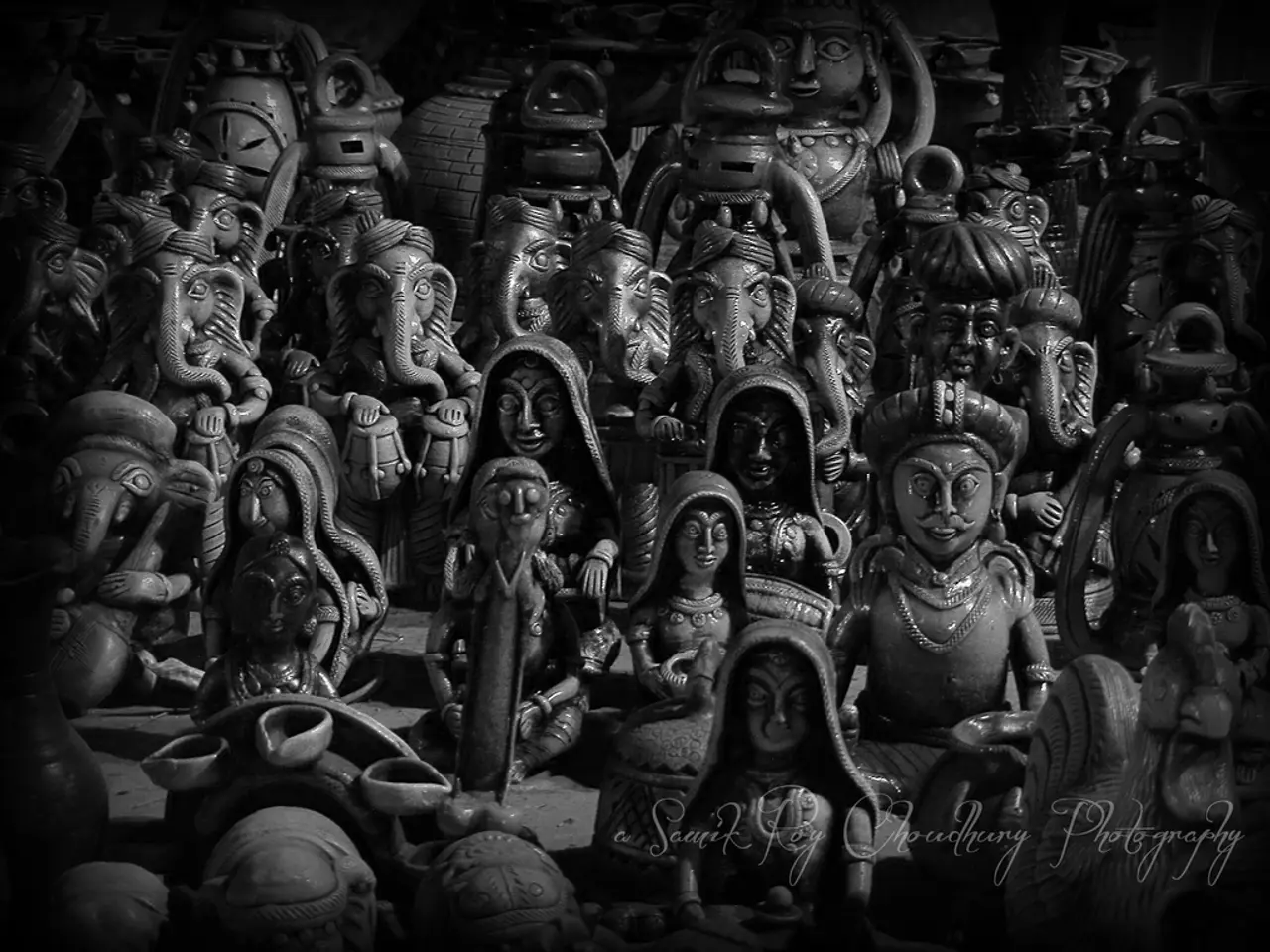Revealing the Age of the Legendary: Determining King Arthur's Age Upon His Demise
================================================================================
King Arthur, the legendary hero of British folklore, has captivated the imaginations of generations. But when it comes to understanding the age of this enigmatic figure at the time of his death, the historical record remains elusive.
Medieval sources, such as the Annales Cambriae and various works of literature, attest to Arthur's demise around 537–539 AD at the Battle of Camlann. However, these records do not provide any concrete information about Arthur's age at the time.
The absence of definitive historical evidence for Arthur's existence complicates matters further. While scholars have proposed potential real-life counterparts, like Athrwys of Gwent, their timelines do not align with the traditional narrative of Arthur. Consequently, any estimate of Arthur's age at death is speculative, relying on assumptions about his role as a mature military leader during the 6th-century battles against the Saxons.
Geoffrey of Monmouth's Historia Regum Britanniae and Sir Thomas Malory's Le Morte d'Arthur are key sources in understanding Arthur's legacy. These works, however, present conflicting accounts that make it challenging to extract reliable chronological information. For instance, Geoffrey's depiction of Arthur's reign suggests a lengthy period, implying a considerably older Arthur when he faced Mordred at Camlann. In contrast, Malory's work synthesizes various legends, adding to the ambiguity surrounding Arthur's age.
Modern attempts to determine a plausible age range for Arthur's death are based on historical contexts, including battle sites, leadership structures, and socio-political dynamics of the 5th and 6th centuries CE. Yet, these efforts cannot definitively establish Arthur's age at death due to indirect evidence and interpretations of ambiguous source material.
The historical evidence for Arthur's existence is circumstantial, with sources written centuries after the supposed events and potentially influenced by oral traditions and evolving legends. Geoffrey of Monmouth's work, for example, presents a more elaborate narrative but is considered largely fictionalized.
The demands of kingship and warfare in the early Middle Ages were physically demanding, potentially causing Arthur to age prematurely. However, life expectancy in that era was lower than it is today, suggesting that if Arthur existed, he would likely have been younger than we might initially assume.
The Battle of Camlann is significant because it represents the purported event leading to Arthur's death or departure. Yet, establishing a date for the battle remains a point of contention.
In conclusion, the age of King Arthur at the time of his death remains a mystery, shrouded in the mists of time and the ambiguities of medieval literature. The enduring appeal of Arthur lies in part in this ambiguity, allowing him to be interpreted and reimagined in countless ways. Whether Arthur was a young warrior or a long-reigning monarch, the legend of this enigmatic figure continues to captivate the world.
Despite the ambiguities surrounding King Arthur's age at the time of his death, modern entertainment often portrays him as a seasoned military leader, which aligns with the challenges of early Middle Age kingship and warfare. On the other hand, general-news outlets may discuss recent archaeological findings or scholarly works that question these portrayals and challenge the assumptions about Arthur's age.








